Kyphosis:
Table of Contents
What is a Kyphosis?
- Kyphosis is an exaggeration of the posterior spinal curve localized to the dorsal spine, forward rounding of the upper back.
- kyphosis is also known arcuata, round back or kelso’s hunchback.
- Most commonly seen in older women is known as dowager’s hump.
What is a dowager’s hump?
- Dowager’s hump is the medical term for kyphosis.
- This rounded hunch occurs at the base of the thoracic curve. dowager’s hump is usually caused by chronic forward-leaning posture.
In older:
- weakness in the spine.
In infant:
- kyphosis can appear in infants.
In Teen:
- due to malformation of the spine(curve)
- wedging of the spinal bone.
Anatomy of the spine:
The spine is made up of three segments(curve)
- cervical spine curve
- lumbar spine curve
- thoracic spine curve
- The C-shaped curves of the neck are called the cervical spine
- lower back (lumbar spine)
- The reverse C-shaped curve of the chest is called the thoracic spine
The smaller segments:
- Vertebrae: The spine is typically made up of 24 small rectangular-shaped bones, called vertebrae.
- Intervertebral disks: Intervertebral disks are flexible in between the vertebrae. Intervertebral disks are flat and round.
- The normal spine can bend from 20 to 45 degrees of curvature in the thoracic spine.
- Greater than a normal degree is called hyperkyphosis.
Causes of Kyphosis:
- poor posture
- TB: Tuberculosis (TB) is a contagious infection that usually attacks your lungs. It can also expand to other parts of your body.
- abnormally shaped vertebrae.
- developmental problems with the spine.
- Fractures: Broken vertebrae can result in curvature of the spine because of weakened bone.
- Osteoporosis: Osteoporosis is most common in older women and people who have taken corticosteroids for a long period of time.
- Disk degeneration: Soft, circular disks work as cushions between spinal vertebrae.
- These disks are flattened and shrink, which often worsens kyphosis.
- Scheuermann’s disease. This disease begins during the growth spurt that occurs before puberty.
- Other problems: Spinal bones that do not develop properly before birth can cause kyphosis.
- cancer: That develops inside the spine or spreads to the spine from another part of the body
What are the types of Kyphosis?
- Postural kyphosis
- Scheuermann’s kyphosis
- Congenital kyphosis
What is postural kyphosis?
- The most common type of kyphosis, postural kyphosis usually happens during 15-17 years of age.
- Slouching or bad posture stretches the ligaments and muscles holding the vertebrae in place. That stretching pulls the vertebrae out of their normal position, causing a rounded shape in the spine.
- Happens to teenagers and affects girls> boys
What is Scheuermann’s kyphosis?
- The wedge-shaped bones curve onward, making the spine look rounded.
- Scheuermann’s kyphosis is also known as juvenile kyphosis.
- Appears more often in teens and affects boys >girls.
- Can be painful, mostly during movement or when standing or sitting for a long me.
What is congenital kyphosis?
- Can get worse as a child grows.
- Typically needs surgery at a young age to end the curve from getting worse.
- It May be present along with other birth defects that affect the kidneys and heart.
Causes of congenital Kyphosis:
- rigid, not flexible.
- Congenital kyphosis
- it’s a genetic deformity before birth, then it is referred to as congenital.
- Congenital kyphosis is depending on the severity of the curve.
- Can get worse as a child grows.
Risk factors for Kyphosis:
- Arthritis: pain or stiffness of the joint.
- Cancerous tumors and cancer treatments.
- Chronic disorders, such as Paget’s disease: Paget’s disease of bone is a chronic bone disorder. generally, there is a process in which your bones break down and then grow.
- Genetic diseases: Marfan syndrome
- A rare multi-systemic genetic disorder that affects the connective tissue
- muscular dystrophy: A group of diseases that cause progressive weakness of the muscle.
- loss of muscle mass.
- neurofibromatosis: A group of genetic disorders that causes tumors to grow in the nervous system.
- Prader-Willi Syndrome or spina bifida: A condition that affects the spine and is usually visible at birth.
- Injury to the spine.
- Infectious diseases, such as tuberculosis or polio
What are the symptoms of Kyphosis?
- Pain: upper back and shoulder blades
- stiffness in the back
- stiffness in the shoulder blades
- Numb, weak tingling legs
- Extreme fatigue
- Shortness of breath
- Balance problems
- Bladder incontinence or bowel incontinence
- Muscle weakness: posterior shoulder muscles (trapezius, rhomboids, and rotator cuff muscles)
Grading of Kyphosis:
- It can be graded in severity by the Cobb angle. Also, its sagittal balance can be measured.
- The sagittal balance is the horizontal distance between the center of C7 and the superior-posterior border of S1 on the lateral radiograph.
Diagnosis:
your doctor will perform physical tests and observe how you walk and move.
Tests that may be included:
- X-rays or CT scans: determine the degree of curvature.
- detect deformities of the vertebrae.
- MRI: Using radio waves and a strong magnetic field.
- The test can detect infection or a tumor in your spine.
- Nerve tests: you may need tests to determine how well nerve impulses are traveling between your spinal cord and your extremities.
- Bone density tests -Low-density bone can worsen seen in kyphosis.
- A test can be improved with medications.
Treatment of Kyphosis:
Initially, symptomatic medical treatment with a combination of Physiotherapy treatment & exercise to correct the posture, severe surgery is the last prescribed option.
- Treatment depends on your:
- Age
- Medical history
- Type of kyphosis
- The severity of the curve
- Medical treatment
- Physiotherapy treatment
- Surgical treatment
Medical treatment:
- An-inflammatory medicines can relieve back pain.
- Over-the-counter pain relievers: Acetaminophen (Tylenol), ibuprofen, (Advil, Motrin IB), naproxen (Aleve)
- Calcium and vitamin D supplements.
Physiotherapy treatment for Postural Kyphosis:
- postural kyphosis having a bad posture feels right, so they need to re-learn how to sit, stand, and move.
- A physical therapist will be able to teach patients how to improve their posture and he or she will help them learn what good posture feels like.
- A physical therapist can also help you strengthen your spinal muscles and improve the spine.
- A physical therapist will teach you exercises and stretches to work on these crucial muscles and spinal muscles.
Physiotherapy treatment for Scheuermann’s Kyphosis:
- The physiotherapist will also help you with your flexibility and improve your range of motion.
- Scheuermann’s kyphosis also has tight hamstring muscles.
- Physiotherapy treatment can help loosen tight muscles, too, as you work on increasing the flexibility of the hamstrings muscles.
Exercises for Kyphosis:
A physiotherapist can suggest exercises and stretches to strengthen the back and abdominal muscles, such as:
Knee rolls
- Lie on the floor with your knees bent and feet flat on the floor.
- Move the knees guardedly to one side until the back feels tense.
- Repeat at least five times on the individual sides.

Pelvic tilting
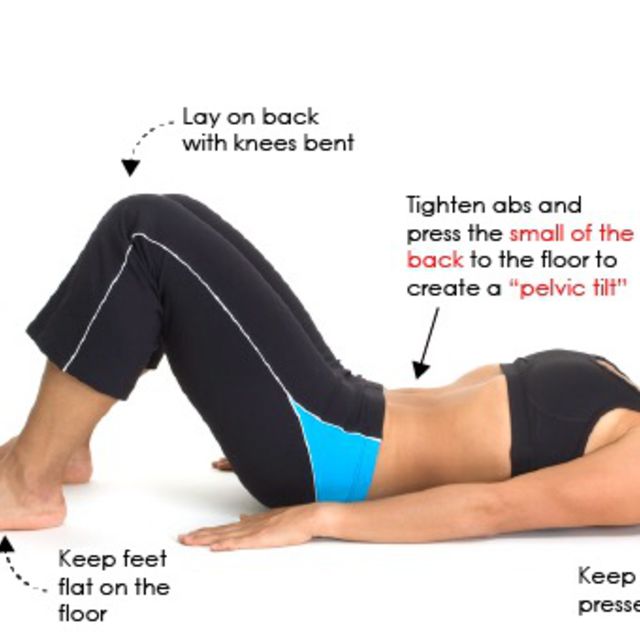
- Lie on the floor with the knees bent and feet flat on the floor.
- guardedly arch the back, keeping the buttocks and upper back flat on the ground.
- clasp the arch for a few seconds before returning to a fully flat position.
- Repeat at least five times.
Knee to chest
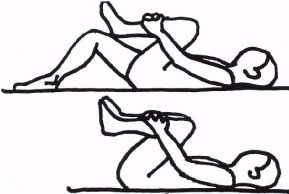
- Laying in the same position as the above two exercises, bring one knee up towards the chest.
- Clasp the hands around the knee and kindly pull the knee closer to the chest.
- Hold this position for a few seconds and then release.
- Repeat at least five times on both legs.
Cat and Camel Exercise

- Come onto your hands and knees, making sure your hands are under your shoulders, your knees are under your hips and your back is in a neutral position.
- Cat: Sink your back down towards the floor and lift your head up at the same time, sticking your tailbone out to make a curve with your spine. Take a big breath out at the same time.
- Camel: Tuck your head and tailbone in, arching through your spine as to mimic a camel hump. Take a big breath in at the same time.
Lying hamstring stretch
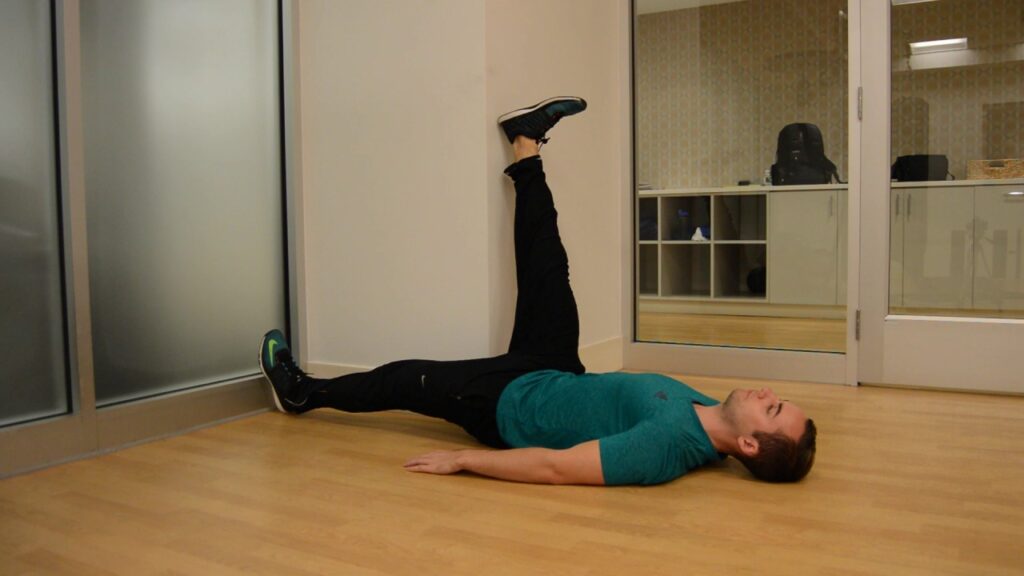
- Lie down on the ground with your back flat and your feet on the ground, knees bent.
- Gradually bring your right knee to your chest.
- Extend the leg while keeping the knee slightly flexed. You may use a rope to deepen your stretch, but don’t tug on it too hard.
- Hold for 10 seconds and work up to 30 seconds.
- Repeat with your other leg, and again with each leg two to three times.
Surgical treatment:
- Surgery for kyphosis would usually be recommended if the curve of your spine is very pronounced. The curves are causing persistent pain that can’t be controlled with medication. the curve is disrupting your body’s other important functions, such as breathing and the nervous system.
Surgery for abnormal kyphosis has several main goals:
- Reduce deformity
- Reduce pain and any neurological symptoms
- Prevent the curve from getting worse
Spinal fusion surgery:
- two or more of the affected vertebrae, and may reduce the degree of curvature and alleviate pinched nerves.
- It’s usually reserved for severe cases.
Balloon Kyphoplasty:
- A Special Surgery for Kyphosis Caused by Spinal Fractures:
- Balloon kyphoplasty may be considered a treatment option in select patients with compression fractures. Kyphoplasty is a minimally invasive treatment, meaning that it is performed through very small incisions. Minimally invasive surgeries also have a shorter recovery time than traditional surgeries.
- In balloon kyphoplasty, a special orthopedic balloon is inserted into your compressed vertebra. It is inflated in an attempt to return the vertebra to the right position and height. The balloon creates a void—an empty space—in your vertebrae, and the void is filled with surgical cement, which helps to stabilize the fracture.
The complication of Kyphosis.
- Complications with kyphosis can occur in more severe cases Digestive problems: Severe kyphosis can compress the digestive tract, causing problems such as gastroesophageal reflux(GER ) and difficulty with swallowing.
- Body image problems: People with kyphosis, especially adolescents, may have poor body image from having a rounded upper back.
- an irreversible curvature in the back
- persistent back pain
- respiratory complications
- heart problems
- limited quality of life
- Kyphosis can also compress the spinal cord, causing problems with the nerves that supply the legs and lower body. This can lead to:
- weakness or tingling numbness in the arms
- weakness or tingling numbness in the legs
- loss of bladder control
- problems with balance
How to prevent Kyphosis?
- Postural kyphosis can be prevented by being aware of bad posture and by taking care of your back.
- avoid slouching.
- sit correctly – sit upright, ensuring that all of the upper back is supported.
- avoid carrying heavy schoolbags and if using backpacks make sure they are well-designed and used properly.
- To maintain a good posture.
- Be conscious of maintaining an upright posture in all your activities.
- Strengthen your abdominal and back muscles by exercise.
- Use a chair with good back support.


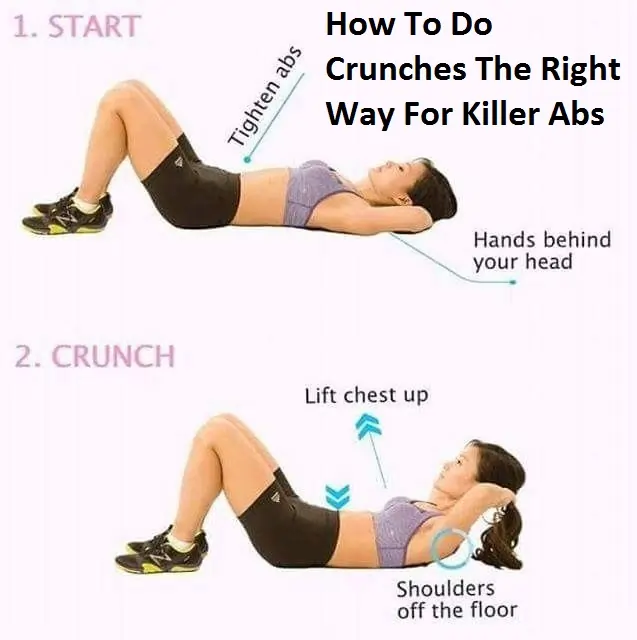
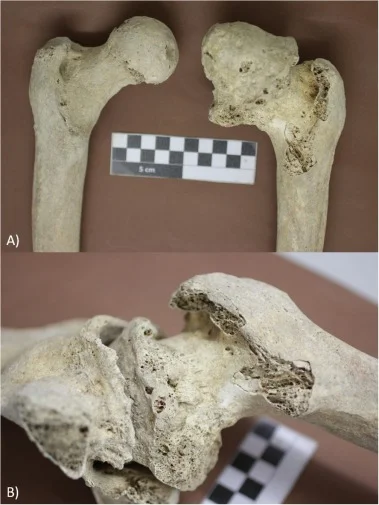
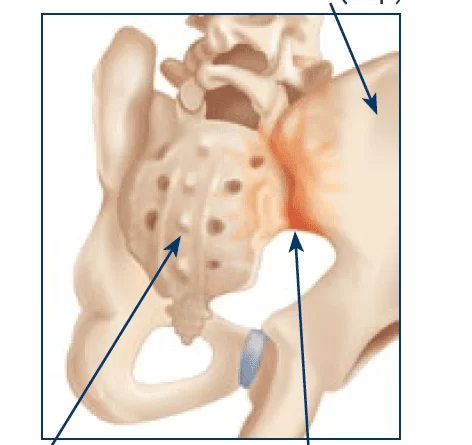
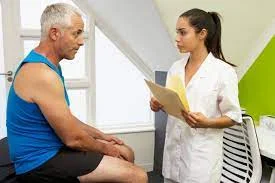
9 Comments